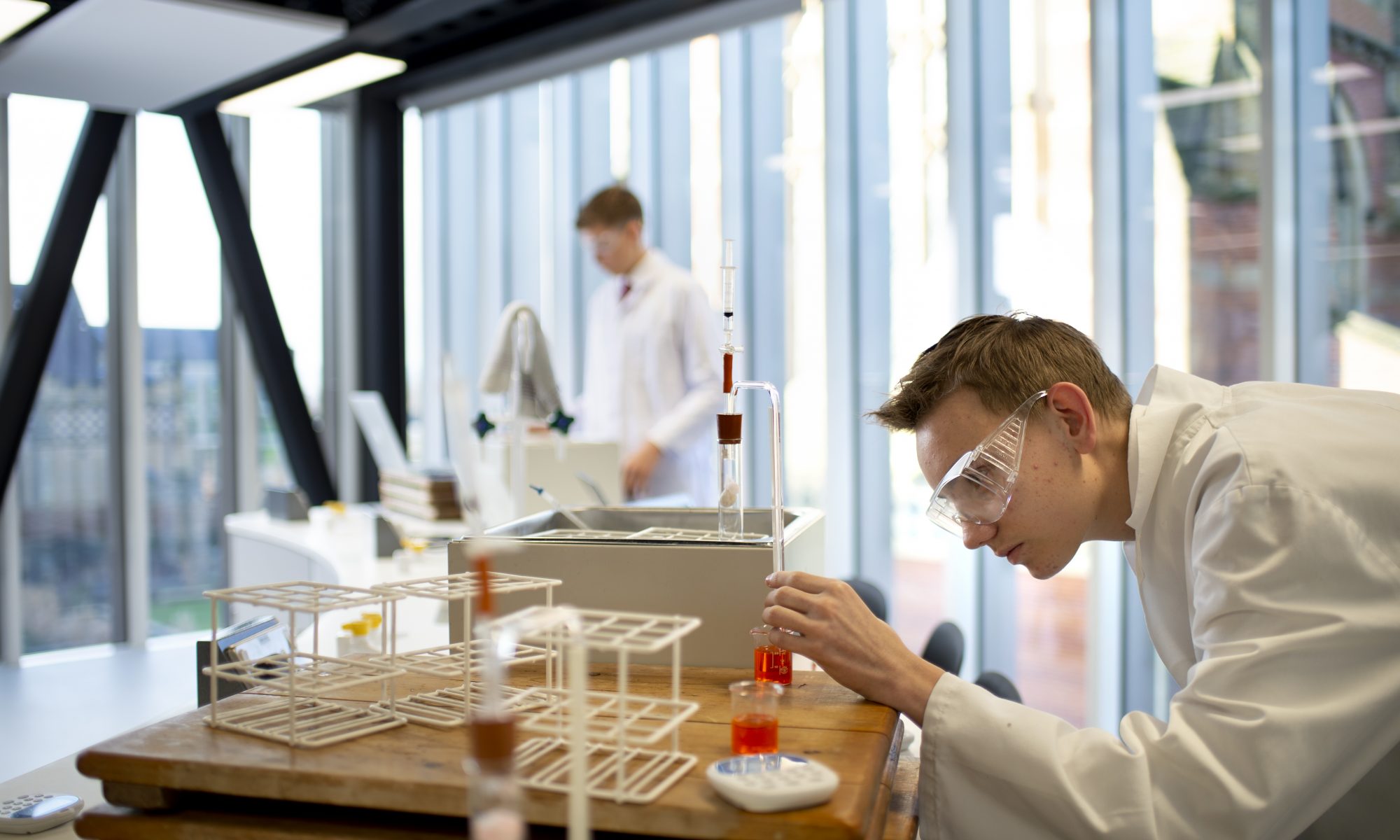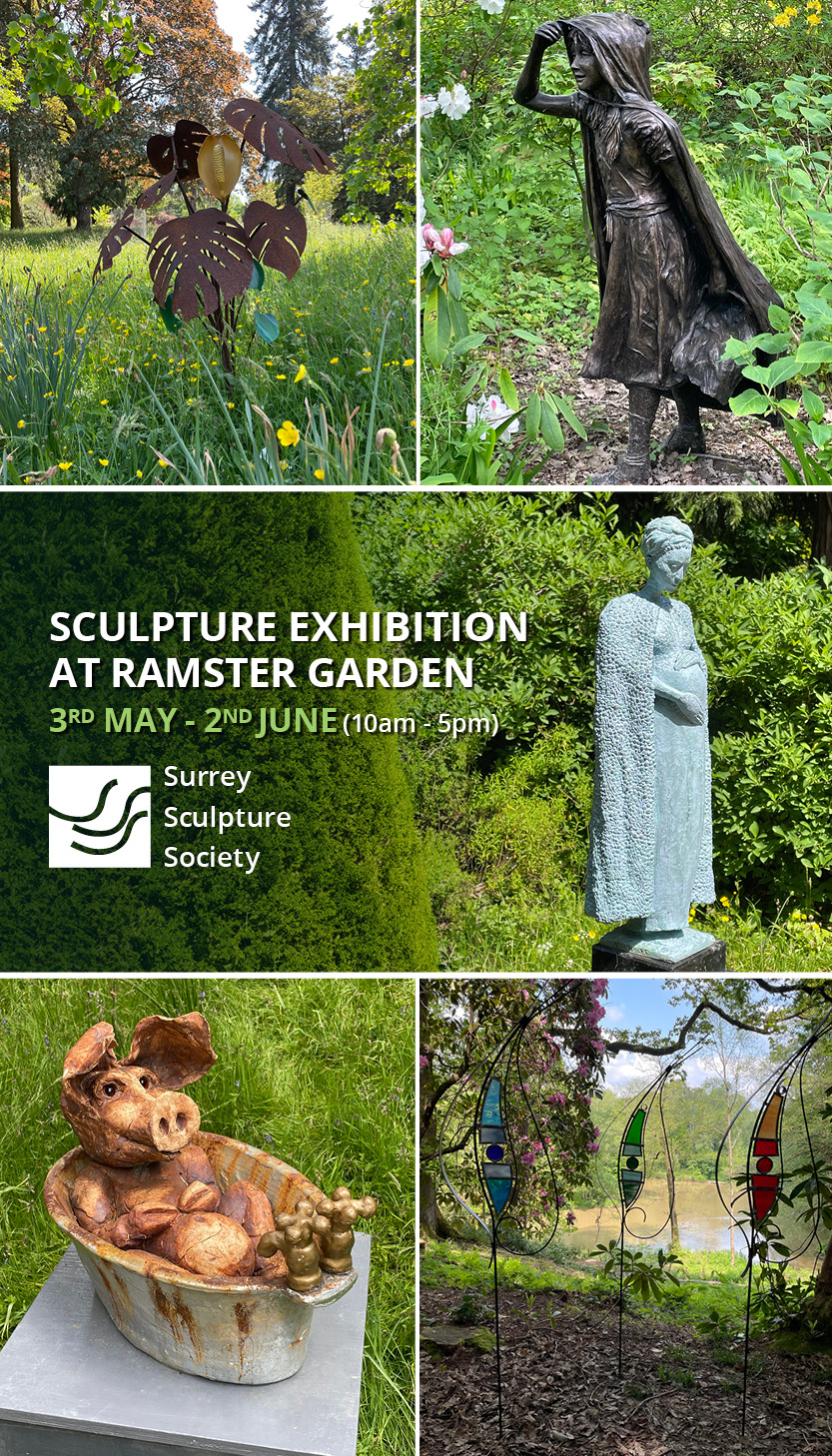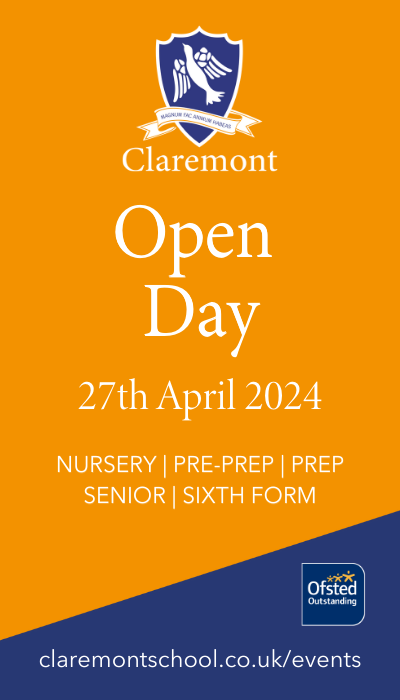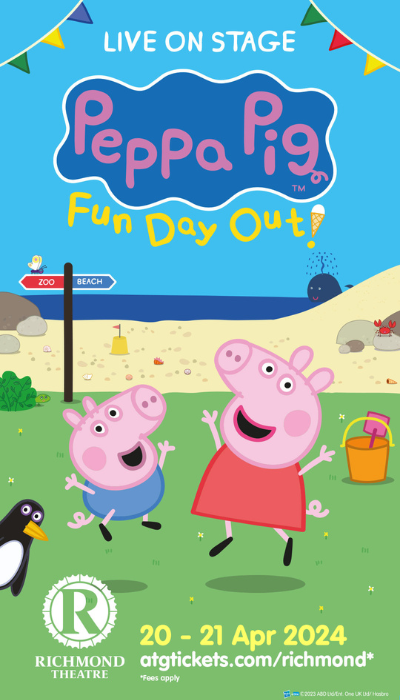In every aspect of life, science is more important than ever – and schools are rising to the challenge.
Just as technology is now involved with every aspect of life, the school subjects that used to be considered the preserve of boffins and nerds are becoming much more integrated with other parts of the curriculum. And a proper grounding in theoretical and practical sciences is now essential for careers in an ever-increasing range of areas.
TEST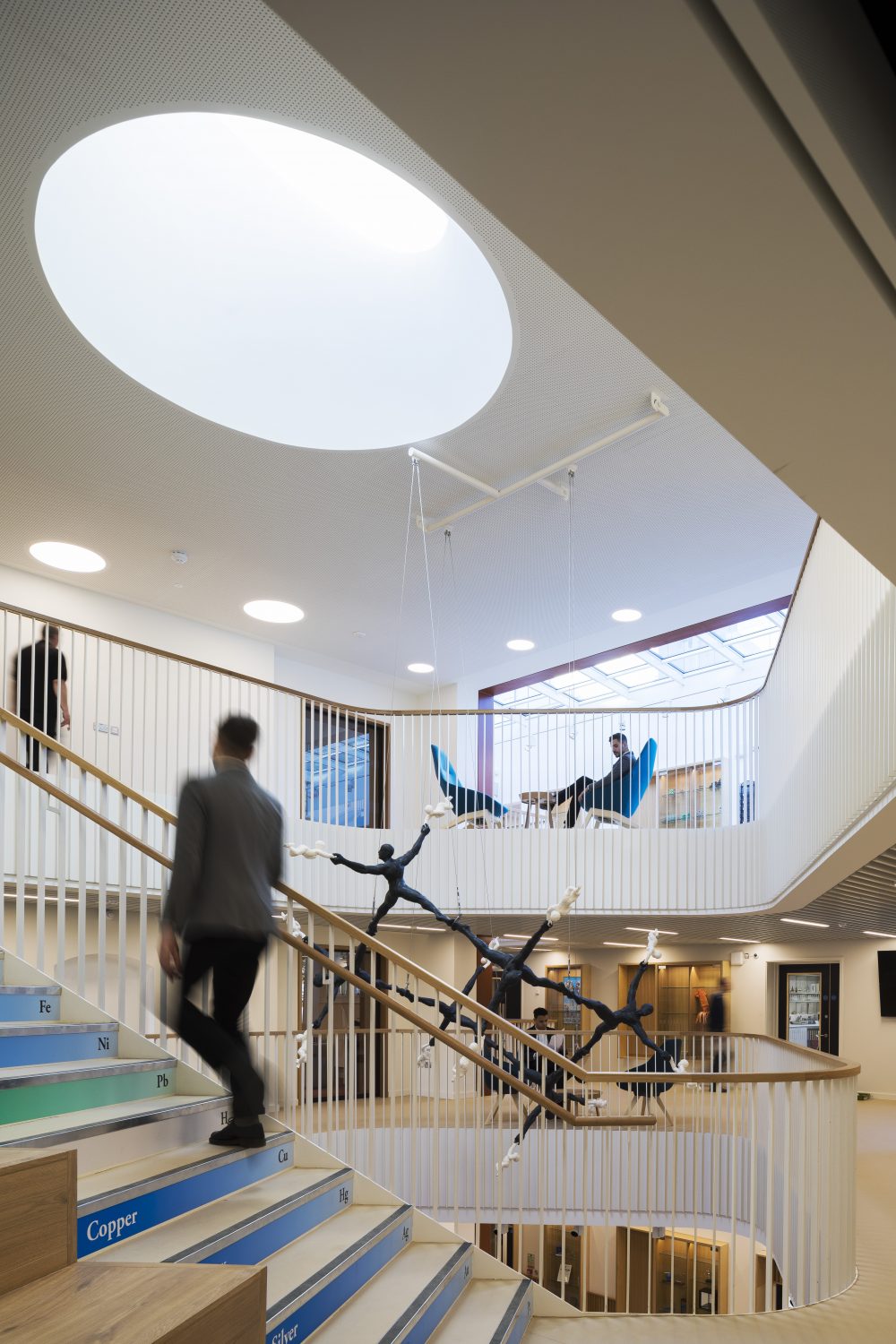
The school’s Head of Science, Bill Burnett, describes the centre as: ‘striking, innovative and simply fun to be a part of.'
TEST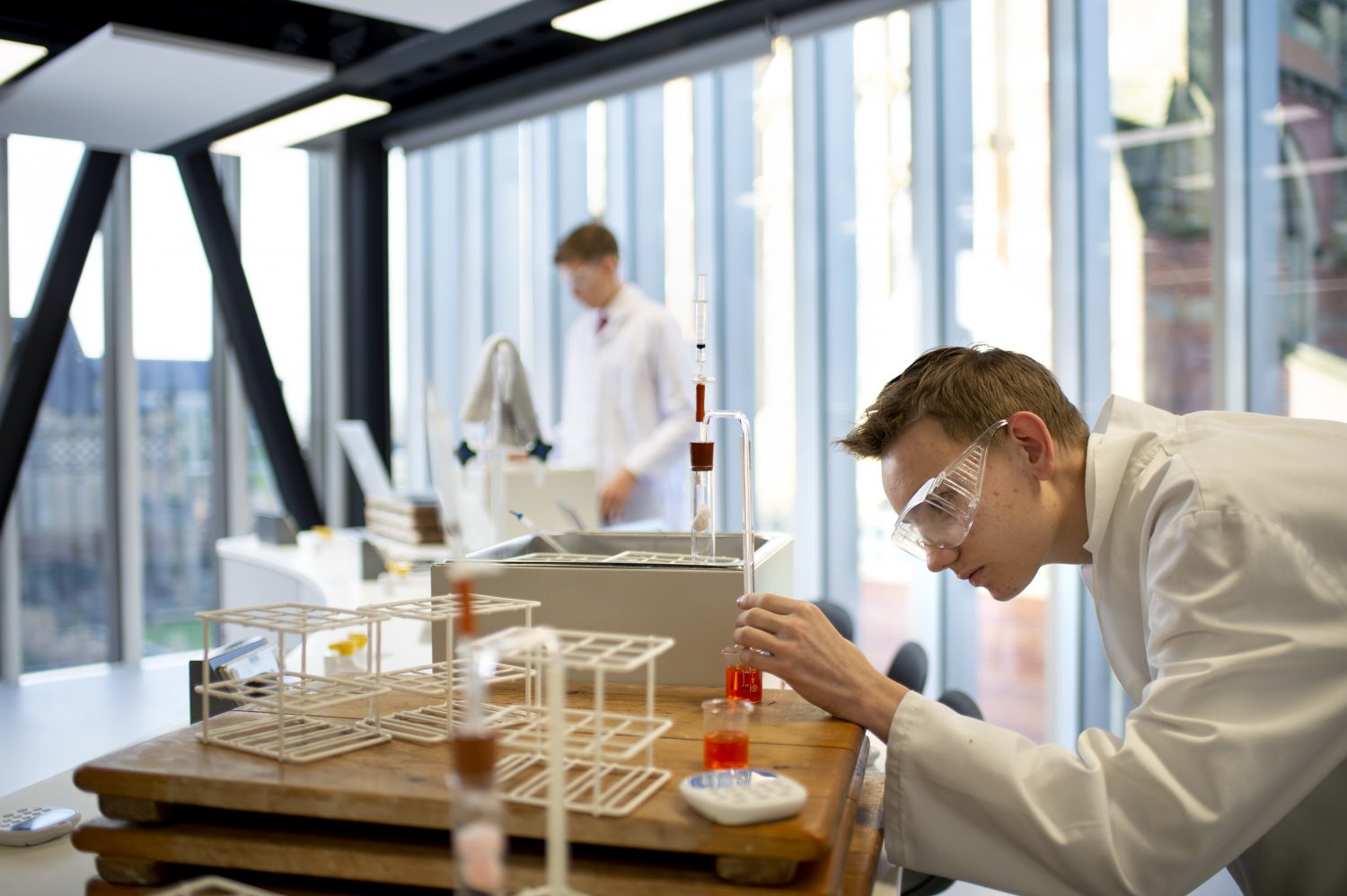
Classrooms have a flexible layout, with a range of imaginative designs.
TEST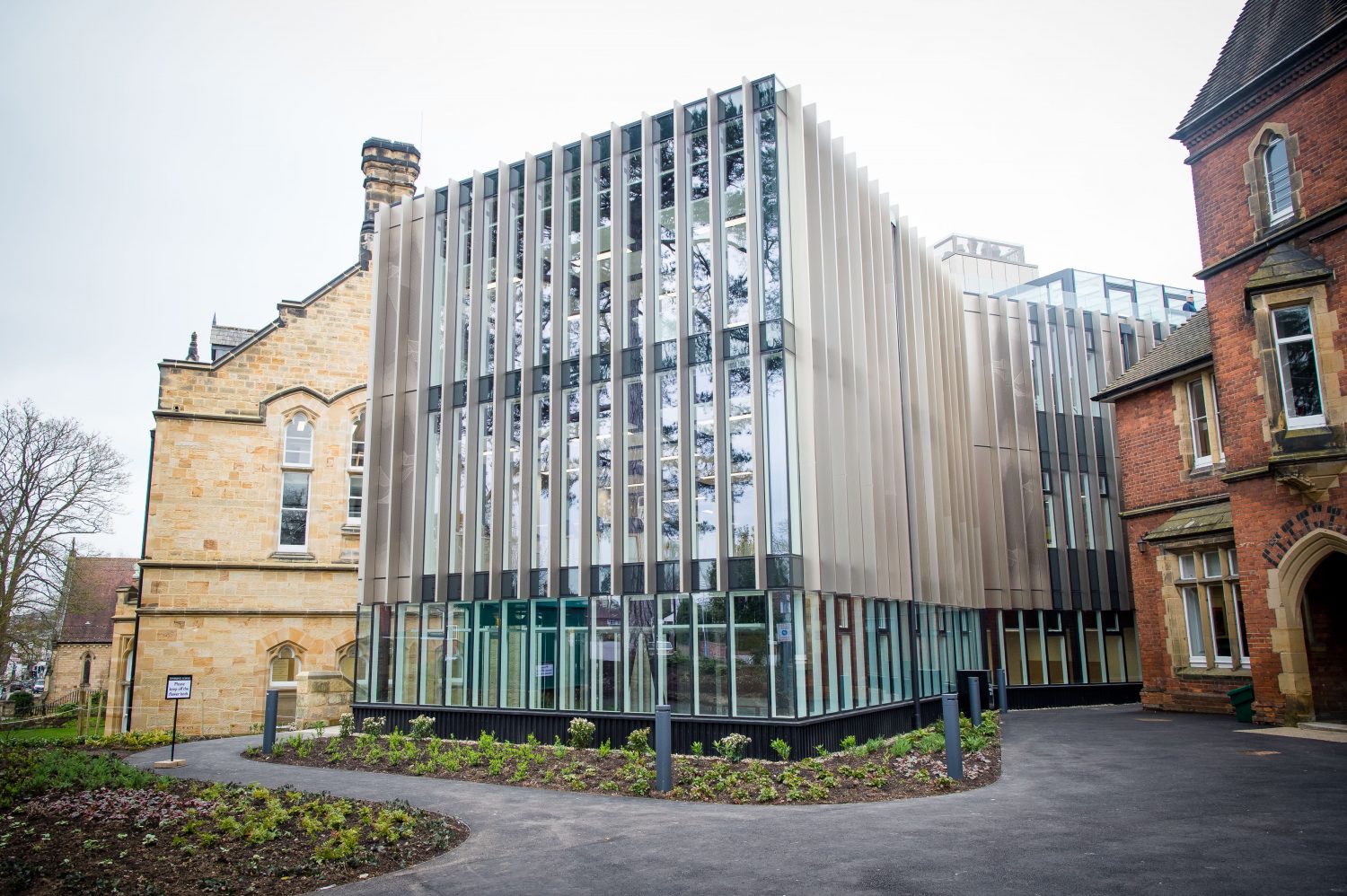
Named after Nobel Prize-winning chemist Sir Derek Barton, a former Tonbridge pupil, the spectacular building places science and technology at the heart of school life
You may also like
Perfect Pitch
Mike Piercy, education consultant and former Head of The New Beacon, sings the praises of music in education What exactly is it that drives parents to make huge sacrifices by sending their children to independent schools? Different families have different...
‘It’s not fair!’
Mike Piercy, education consultant and former Head of The New Beacon, explains the importance of winning and losing with good grace The beefy second row lay prone, groaning, as the pack lumbered away. “Get up, Darling!” I cried. Opposition spectators...
Performance Power
Eastbourne College and Bede’s School discuss opportunities which give their students time to shine Director of Music at Eastbourne College, Dan Jordan, sings the praises of music at the school. It is 6.30pm, the night before a well-needed half-term holiday....
